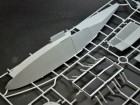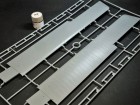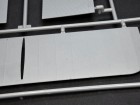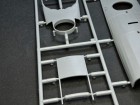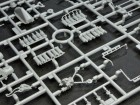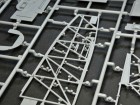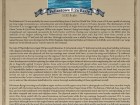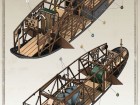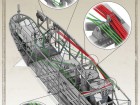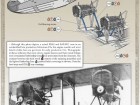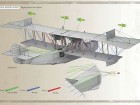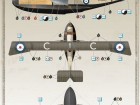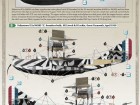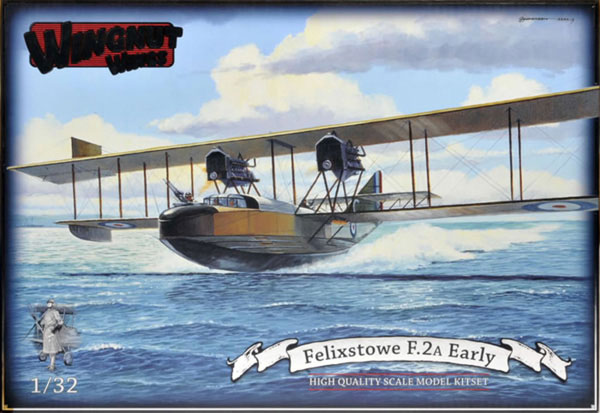
Price: around £200 – £250 (depending if you import it directly from WW or buy from a UK retailer Mar 15)
Review by Dave Coward
The Felixstowe Flying Boat
The Felixstowe F.2a was probably the most successful flying boat of the First World War. With a crew of 5 it was capable of carrying out long range reconnaissance, anti-submarine and anti-shipping patrols of up to 10 hours duration. The development of the Felixstowe F.2a is staggeringly convoluted but it was essentially an Anglo-American design which can trace its roots to the pre-war Glenn Curtiss & Cyril Porte designed 180hp twin engine ‘America’ flying boat design. This basic design was improved, enlarged, strengthened and repowered successively by both Curtiss and Porte (having now returned to service in the RNAS after the outbreak of war despite suffering from Tuberculosis) over the next few years until July 1917 when Porte arrived at the characteristic deep ‘V’ hull with full side fins. Although technically now a wholly Porte design these Felixstowe flying boats, so named because they were developed at the RNAS Seaplane Experimental Station at Felixstowe in Suffolk, were referred to as ‘Large Americas’ by the British and as ‘Curtiss’ types by the Germans.
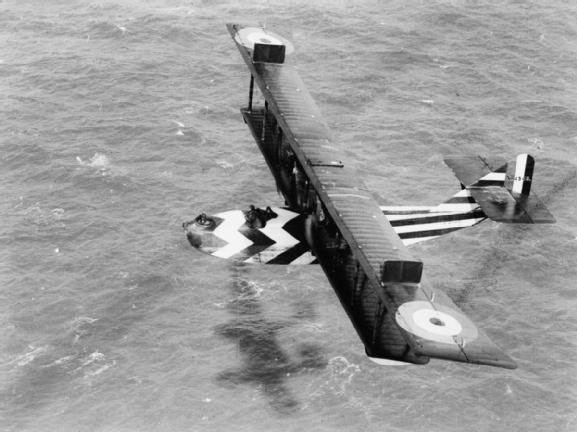
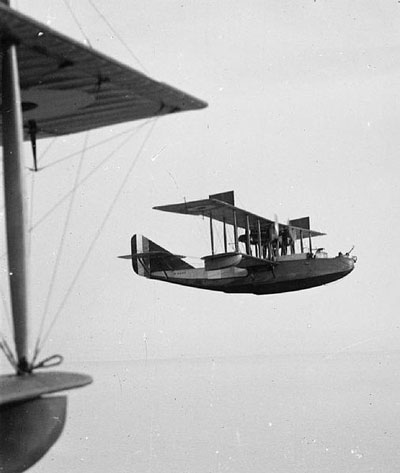
The twin 375hp Rolls Royce Eagle VIII powered Felixstowe F.2a featured a deep ‘V’ hull constructed using boat building techniques with diagonal planking on the bottom while the tops of the fins were plywood and doped fabric. The sides of the forward superstructure were also plywood and the top coamings were covered with linen, as were the wings and tailplane. Ply walkways were positioned on the top coaming near the engineer’s hatch and on the bottom wings below the engines. Early production F.2a as depicted in this kitset were delivered with a glazed cabin, fabric covered sides of the rear hull and large unbalanced ailerons. Later developments included replacing the cabin with an open cockpit, balanced ailerons and strengthening the rear hull sides with ply or diagonally applied “Consuta” planks. Some early aircraft delivered with glazed cabins were later converted to open top configuration.
Initial assessment
Wingnut Wings surprised the modelling community in December 2014 when out of the blue they announced the release of two versions of the WWI Felixstowe F.2A Flying Boat. In addition to these they also announced a `Duellist` boxing containing an Early Felixstowe and the out of production Hansa-Brandenburg W.29.
What I will look at in this review is the Early Felixstowe but the ‘Late’ version only differs in having two different sprues (one plastic and one clear) along with the obvious decal/instruction differences.
When WNW announced this kit my interest was immediately taken as this was such a unique and different subject and in 1:32nd scale it was going to be big and I needed to get one as soon as I could, actually two in the end as I couldn’t make up my mind which version to get!! As I`ve got the Early version in my hands (thanks Geoff) I give you a quick idea of what you get in the box as I want to get on with building this (keep an eye on What’s New and Build Now for these and when Dave’s build is complete, the whole thing moves to the Wingnut Wings Finished Now as usual – Geoff)
The box is big when compared to other WW kits but that said it`s not really that much bigger than some of the other larger 1:32 kits around these days. As ever with WW the painting on the front by Steve Anderson is just stunning and the whole box gives you that reassuring felling of quality from the outset.
On opening the box you find it is packed to the rim with 11 light grey sprues, one clear sprue, a PE sheet, a large decal sheet and WW`s trade mark colour instruction booklet. These sprues contain 381 parts that make up the aircraft and its beaching trolley. The parts for the aircraft itself include a full interior and two highly detailed Rolls Royce Eagle engines.
Looking at the sprues they are exceptionally well moulded with some beautiful detail including very subtle fabric surface effects and the representation of the ribs/spars that are under this fabric. One thing that I did note was the number of sprue gates/tabs on some of the more complex parts such as the cockpit side walls. Care will need to be taken when removing these or you could damage the surrounding parts quite easily. Care will also need to be taken when removing some of the detailed parts such as the engine pipework and guns as the detail is so fine.
Looking at the aircraft as a whole the one thing that really hit me is the fuselage isn’t that long but the wings are really long and this could make displaying the finished model an issue. In mitigation though, WW have designed the kit so that the wings are detachable outboard of the engines which will make transportation and storage of the complete model a lot easier.
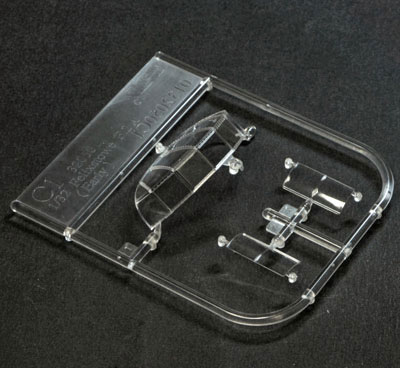
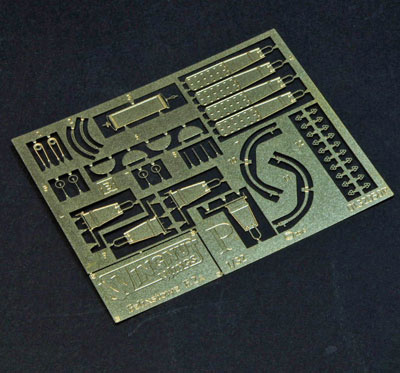
Clear and Photo Etch parts
The clear parts, and there isn’t a great many of them, are crisp and clear in their moulding. Also included is a small Photo Etched sheet that has gun sights, seat belts and several other small items on it.
As I mentioned earlier the kit includes a beaching trolley along with wing and fuselage support trestles which will make displaying the model a lot easier.
Instructions
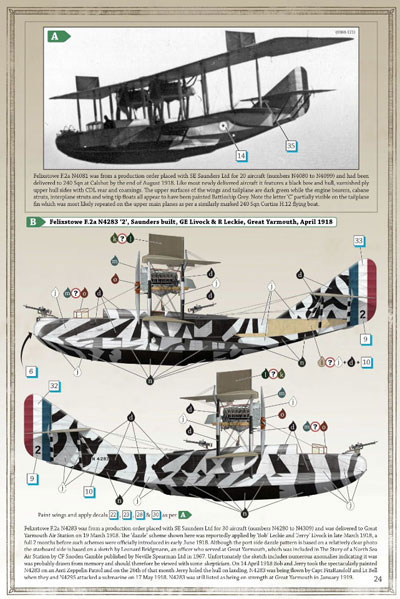
Decals
The decal sheet has options for 5 versions and covers a nice variety of colours schemes ranging from the spectacular RFC/RNAS dazzle schemes (a black/white option and a blue/white option), two wood and Clear Doped Linen options and a black USNAS aircraft.
The decals are printed by Cartograf and are of excellent quality but are very glossy and will need to be matted down. The colour density is good and they are all in register. What is worth noting is the decal sheet doesn’t provide decals for the Dazzle schemes so you will have to mask and paint these.
